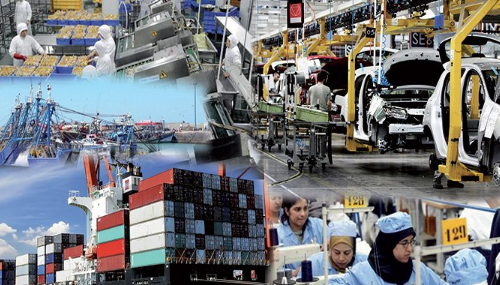Morocco’s central bank has decided to keep its key rate unchanged at 3 percent due to the high degree of uncertainty surrounding the international developments and the domestic context in the aftermath of the earthquake that hit the country on Sept.08.
The decision was made Tuesday by the Board of Bank Al-Maghrib after discussing local and global economic developments. The Board members highlighted the deceleration of inflation from 10 pc in February to 5 pc in August thanks to the measures implemented by the Government, the easing of external pressures and the tightening of monetary policy.
The Bank expects Morocco’s economic growth to steadily improve to 2.9 % in 2023 and 3.2 % in 2024 after a 1.3 % deceleration in 2022. This improvement can be explained by an increase in the agricultural added value of 5 % in 2023 and 5.9 % in 2024 assuming an average cereal production of 70 million quintals.
However, growth in non-agricultural activities is expected to slow down to 2.6 % in 2023, before rebounding to 3 % in 2024. According to Bank Al-Maghrib’s forecast, this slowdown would continue and inflation is expected to fall from 6.6 % in 2022 to an average of 6 % this year and to 2.6 % in 2024.
Regarding external accounts, after the strong momentum reported in the last two years, the trade in goods is expected to almost stagnate in 2023, before a relative recovery in 2024, said the Bank in its forecasts.
Exports are likely to remain almost stable this year, with a particularly substantial drop in the sales of phosphate and derivatives and a sustained rise in those of the automotive sector. They are then expected to strengthen by 5.8 % in 2024, reflecting mainly the expected recovery of the phosphate and derivatives exports and the ongoing good performance of the automotive sector.
At the same time, imports in 2023 are expected to remain at the same level as in 2022, with a decrease in the energy bill and a drop in the purchases of semi-finished products, as well as an increase in the purchases of consumer and capital goods. In 2024, they would increase by 2.2 percent, driven by the higher imports of semi-finished products and consumer goods.



